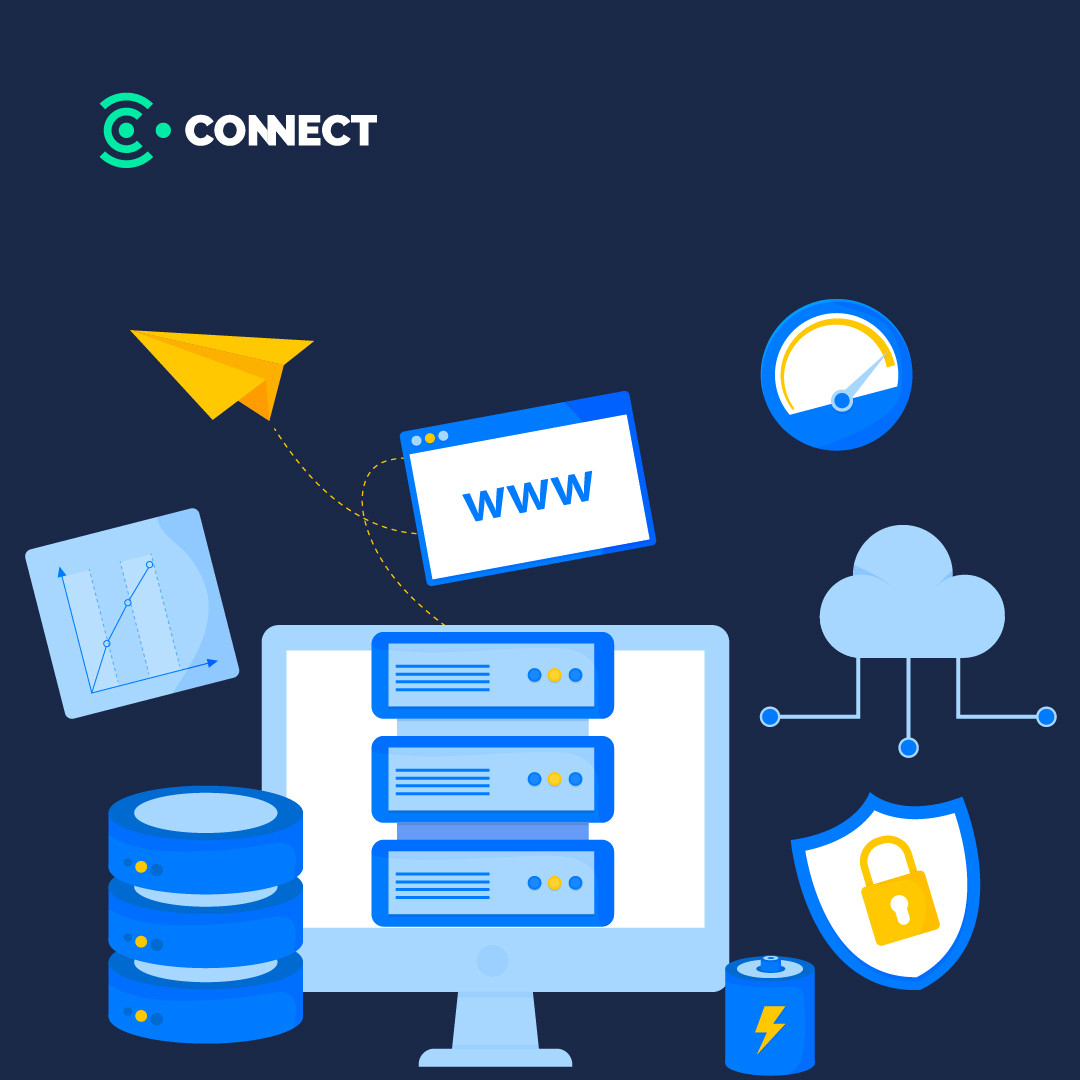E-marketing services:
E-marketing is the process of marketing and advertising products and services over the Internet. E-marketing is one of the most important and fastest ways to reach customers around the world, thanks to the development of technology and the widespread use of the Internet all over the world.
E-marketing strategy:
The e-marketing strategy includes several components, including:
1- Search engines: where the content of the site is optimized to increase its visibility in search engine results, and thus increase the number of visitors.
2- E-mail: where mail messages are sent to potential customers, in order to promote products or services.
3- Social Media Marketing: Social media sites such as Facebook, Twitter and Instagram are used to promote products and services.
4- Paid Ads: Where paid ads are displayed on search engines and social networking sites to increase awareness of the product or service.
5- Content Marketing: Where attractive content is created on the site to attract visitors and potential customers.
Advantages of e-marketing:
E-marketing has several advantages, including:
1- Cost savings: Small and medium-sized companies can achieve marketing goals at lower costs than traditional marketing.
2- Wider reach: companies can reach more customers around the world.
3- Improving user experience: companies can improve user experience through websites and smart phone applications.
4- Improve accessibility: customers can easily access products and services at any time.
5- Interactivity: where companies can interact with customers and respond to their needs quickly.
Therefore, it can be said that e-marketing has become an essential part of the marketing strategy of any company, as companies can reach a large number of customers and achieve marketing goals at lower costs.
The importance of e-marketing:
E-marketing is one of the most important tools that companies use to reach customers around the world, thanks to the development of technology and the widespread use of the Internet all over the world. It can be said that e-marketing has become an essential part of any company's marketing strategy, as companies can achieve marketing goals at lower costs.
First, online marketing allows companies to save costs, as small and medium-sized companies can achieve marketing goals at lower costs than traditional marketing. Instead of advertising in newspapers, magazines, television and radio, companies can create websites, send emails and do social media marketing, which saves them a lot of expenses.
Secondly, e-marketing allows companies to reach a larger number of customers around the world. Instead of reaching customers in a specific region, companies can reach customers all over the world, thanks to the presence of the Internet and technology that facilitates the process of reaching customers.
Third, e-marketing allows companies to improve user experience across websites and smartphone applications. Instead of providing traditional marketing services, companies can improve the user experience through websites, which increases customer satisfaction and makes them feel more comfortable when dealing with the company.
Fourth, digital marketing allows companies to improve accessibility, as customers can access products and services easily and at any time. Instead of going to stores and businesses, customers can search for products and services online and purchase them with ease.
Fifth, e-marketing allows companies to interact with customers and respond to their needs quickly. Instead of waiting for a long time to respond to inquiries and complaints, companies can quickly respond to customer needs and improve the quality of their services.
In addition, businesses can use digital marketing to increase awareness of their product or service, and improve sales and profits. Thus, it can be said that e-marketing has become essential for any company that wants to achieve success and grow its business.
What is the difference between electronic marketing and traditional marketing:
E-marketing and non-electronic marketing are important tools for companies to achieve marketing goals and reach customers. However, there is a big difference between them in the way marketing is done and the impact that each can have.
Non-electronic marketing:
It is marketing that takes place through traditional means of communication such as advertisements in newspapers, magazines, television and radio, printed publications, flyers and flyers in public places. This type of marketing requires well-planned advertising and promotional campaigns, as well as large financial investments to purchase advertising space and exposure in traditional media.
E-marketing via the Internet:
In contrast, e-marketing is done through the Internet, social media, email, blogs and websites. This type of marketing requires constant updating of content and interaction with customers online, as well as the use of digital marketing techniques such as search engine optimization and paid advertising to reach the target audience.
One of the most important differences between electronic marketing and non-electronic marketing is the geographical coverage. In non-electronic marketing, the scope of coverage is limited to the local or regional area, while in electronic marketing, it can reach a global audience.
E-marketing can also better identify the ideal consumer, as companies can use digital technologies to identify potential consumers and target ads to an accurate target audience. This increases advertising effectiveness and reduces marketing costs.
Finally, digital marketing can improve the user experience



